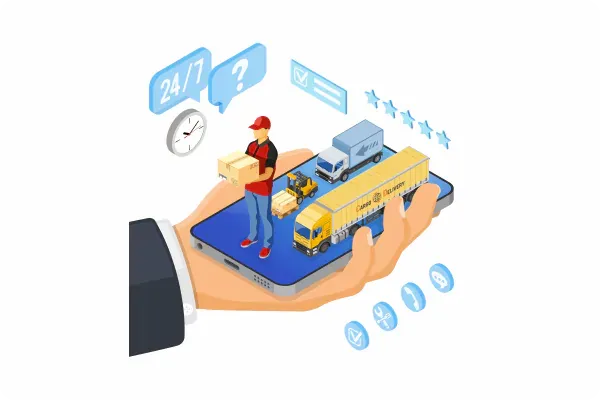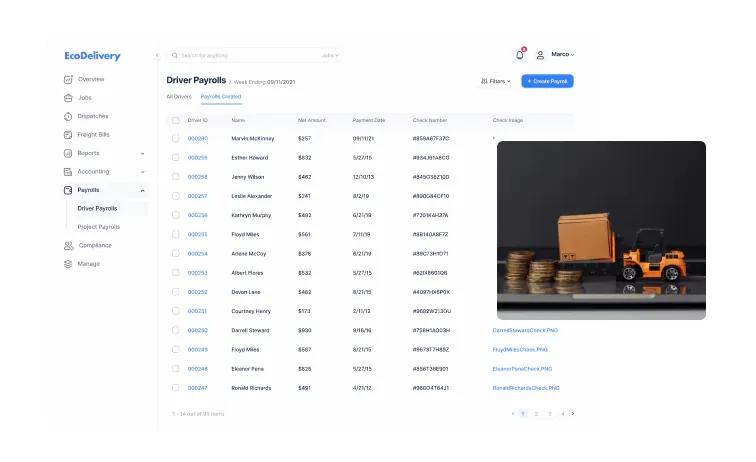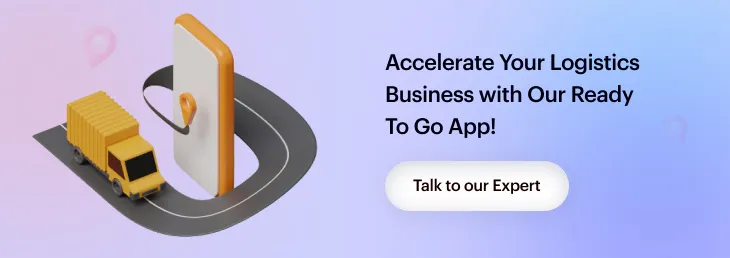My logisticians are a humorless lot … they know if my campaign fails, they are the first ones I will slay.” – Alexander

Alexander the Great’s words echo through the annals of history, underscoring the critical role of logistics in military conquests. But beyond ancient battlegrounds, logistics has evolved into a cornerstone of modern commerce, propelled by technology and innovation.
Earlier logistic business was hectic paperwork, manual labor, and constant business monitoring. But thanks to the technology, which are proof as a boon for the logistic sectors.
But what is the logistic business? When did it start and who coined the term logistic?
The logistics business ensures smooth transportation and delivery of goods from where they're made to where they're needed.
It originated from ancient times when armies needed to move supplies efficiently during battles. The term 'logistics' came about in the 18th century, coined by military strategists Antoine-Henri Jomini.
Today, logistics plays a crucial role in global commerce, managing the flow of goods to meet consumer demand in the dynamic landscape of 2024.
7 Must have Logistics App Features for Customers Panel
1- User Authentication and Security:

Two-Factor Authentication (2FA): Implementing 2FA can add an extra layer of security beyond just mobile number verification, enhancing account protection
Privacy settings: Allow users to control their privacy settings within the app, including options to manage data sharing and permissions.
2- Live Tracking and Instant Booking:
Notifications: Implement push notifications to keep users updated on their shipment's status, ensuring they are informed even when not actively using the app.
Customized Alerts: Offer users the ability to set customized alerts for specific milestones in the delivery process, such as when the package is out for delivery or delivered.
3- Secured Payment and Trip History:

Multiple Payment Options: Provide various payment methods beyond just secure transactions, such as credit/debit cards, digital wallets, or even cash on delivery.
Exportable Trip History: Allow users to export their trip history for personal record-keeping or reimbursement purposes, enhancing convenience and usability.
4- Vehicle Check and Rating/Review:

Visual Inspection Reports: Consider integrating visual inspection reports or images of the vehicle's condition during the booking process to assure users of the vehicle's reliability.
Response to Reviews: Enable the logistics company to respond to user reviews, demonstrating a commitment to addressing feedback and improving service quality.
5- Fare Estimation and SOS:

Offer Fare Estimates Upfront: Users can receive estimated fares for their deliveries before confirming their bookings. This allows them to budget accordingly and avoid any surprises.
Include Emergency SOS Features for Peace of Mind: The app features emergency SOS buttons that users can use to quickly request assistance in case of emergencies during deliveries. This ensures their safety and provides peace of mind while using the service.
6- Scheduling and Real-Time ETA:

Allow Users to Schedule Deliveries: Users can schedule deliveries at their preferred times and dates through the app. This provides them with flexibility and ensures that their shipments are delivered at their convenience.
Provide Accurate Arrival Times for Better Planning: Users receive real-time updates on the estimated time of arrival (ETA) for their deliveries. This allows them to plan their schedules accordingly and be prepared to receive their shipments on time.
7- Multiple Payment Options and Driver Tracking:
Enhance Flexibility with Various Payment Methods: The app supports multiple payment options, including credit/debit cards, digital wallets, and cash on delivery. This gives users the flexibility to choose the payment method that best suits their preferences.
Enable Tracking of Assigned Drivers: Users can track the location of their assigned drivers in real-time through the app. This allows them to monitor the progress of their deliveries and stay informed about the status of their shipments.
2 Must have Logistics App Features For Drivers:
1- Order Assignment and Navigation:

Ensure Clear Order Display: Display assigned orders prominently within the driver interface, including relevant details such as pickup/delivery locations, item descriptions, and customer contact information.
Enhance Navigation Integration: Integrate reliable navigation tools with real-time traffic updates and route optimization to help drivers efficiently reach their destinations. Consider providing voice-guided navigation to minimize distractions while driving.
2. Daily Earnings and Order Management:

Detailed Earnings Insights: Provide drivers with comprehensive insights into their daily earnings, including breakdowns by completed orders, bonuses, and deductions. Additionally, offer historical earnings data for better financial planning and performance tracking.
Streamlined Order Management: Simplify the order management process by enabling drivers to accept, reject, or update order statuses easily. Implement features such as order prioritization based on proximity or urgency to optimize efficiency.
By incorporating these suggestions, you can further enhance the usability and effectiveness of your logistics app for drivers, ultimately improving their overall experience and performance.
3 Must have Logistics App Features For Administrators:
1- Advanced Analytics:

Specify Data Insights: Detail what type of data will be analyzed (e.g., delivery times, customer satisfaction, route efficiency) for clarity.
Emphasize Decision-Making: Highlight how these insights aid in decision-making processes, such as resource allocation or service improvements.
2- Catalogue and Inventory Management:

Streamline Inventory Tracking: Specify how the app simplifies inventory monitoring, perhaps through barcode scanning or automatic updates.
Centralize Catalogue Management: Explain how the app centralizes product information, making it easier for administrators to manage and update.
3- Driver Tracking Management:
Optimize Fleet Operations: Clarify how monitoring driver activities leads to optimized fleet operations, such as reducing delivery times or minimizing fuel costs.
Ensure Compliance: Highlight any features that help ensure drivers adhere to company policies or regulatory requirements.
In conclusion, logistics remains the unsung hero of global trade, driving economic growth and prosperity. As we navigate the complex terrain of modern commerce, let us acknowledge the indomitable spirit of logisticians past and present, whose tireless efforts ensure the wheels of progress keep turning.

